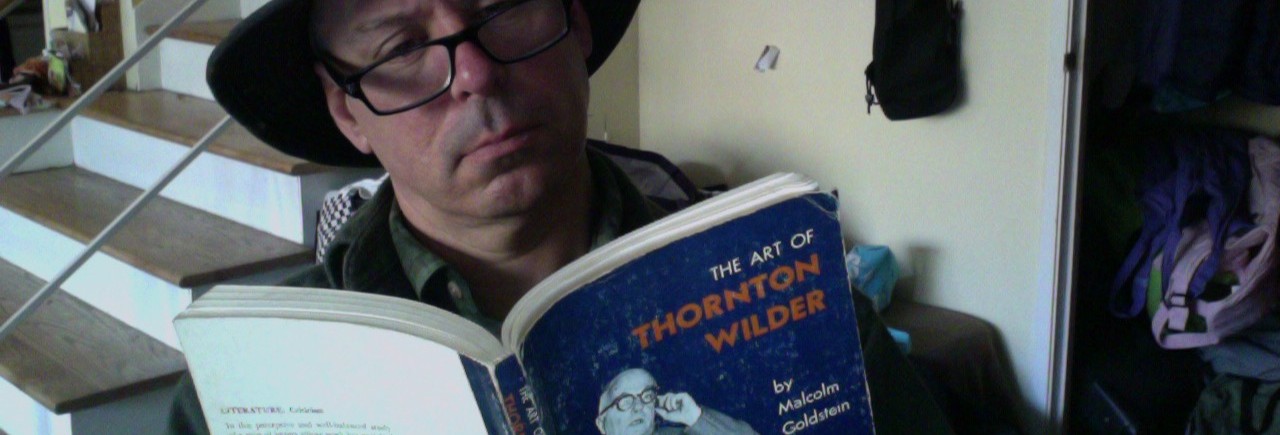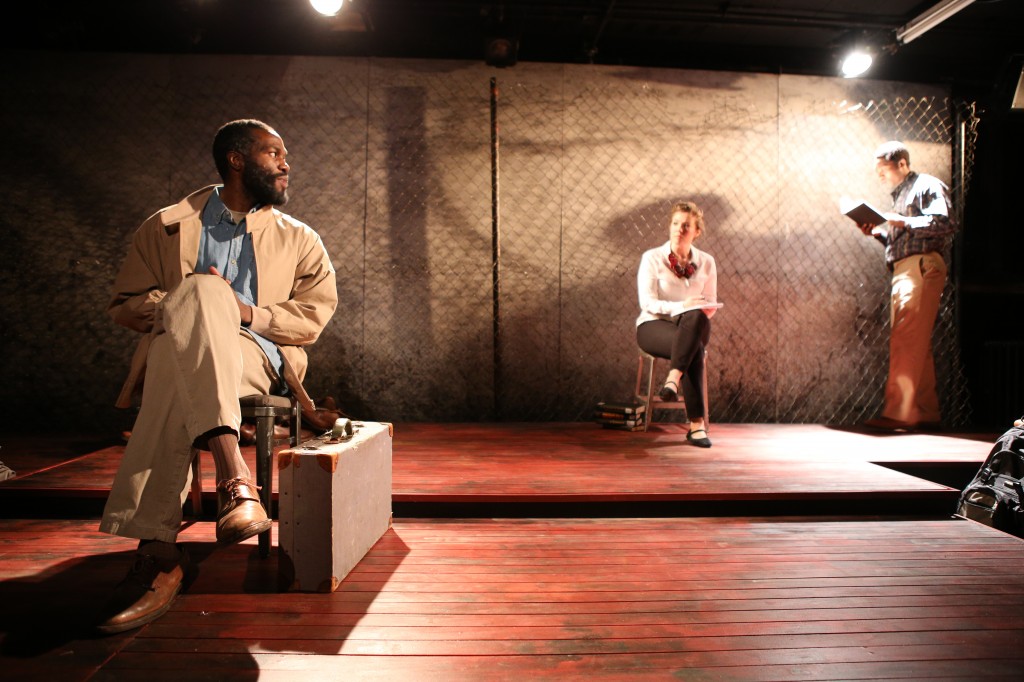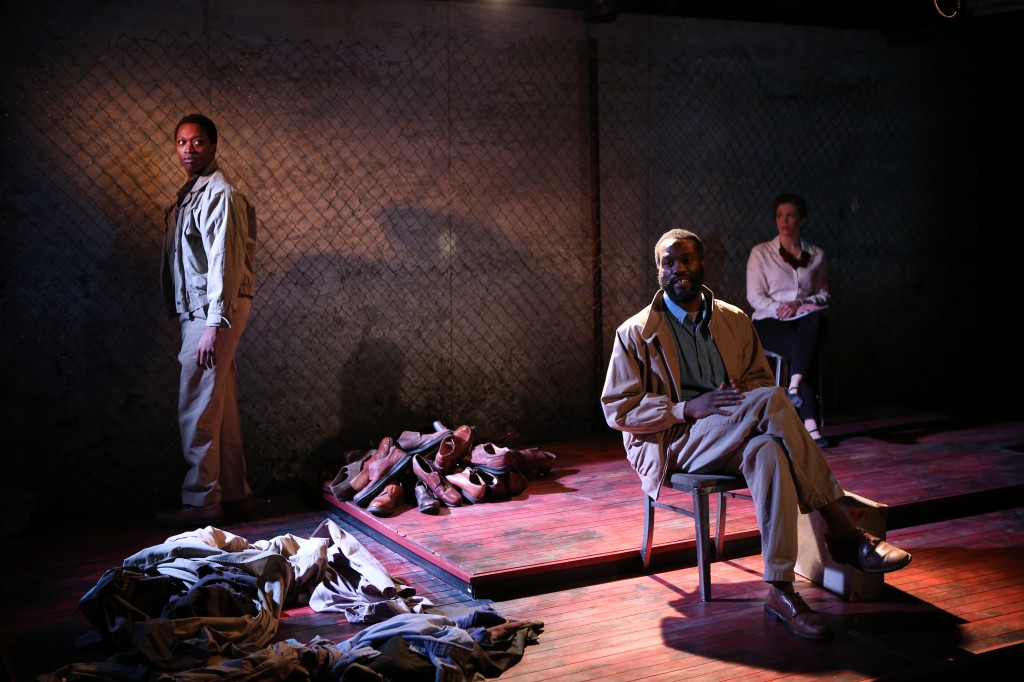He Left Quietly
Through March 1 at the Yale Cabaret, 217 Park St., New Haven, (203) 432-1566, www.yalecabaret.org
By Yaël Farber. Directed by Leora Morris. Set: David Clauson. Lights: Andrew Griffin. Sound: Kate Marvin. Costumes: Fabian Aguilar. Projections: Reid Thompson. Technical Director: Mitchell Cramond and Mitch Massaro. Dramaturg: David Clauson. Stage Manager: Sonja Thorson. Producer: Libby Peterson. Performed by Yahya Abdul-Mateen II (Duma), Ato Blankson-Wood (Young Duma), Maura Hooper (Woman).
The Yale Cabaret can be full of surprises, but certain theatrical subgenres do seem to pop up on a pretty regular basis. Prison dramas, and plays which explore themes of captivity and isolation in general, are kind of a mainstay. I’m certainly not complaining. Would that more small theaters, especially those run by emerging artists in their 20s, raised questions of mortality and social injustice.
He Left Quietly is by the South African playwright Yaël Farber, whose work tends to fall into two categories— journalistic and adapted. All her work is political, but sometimes she lays major contemporary social issues on top of classic works, such as Julius Caesar or Miss Julie or The Oresteia. And sometimes she dramatizes stories of actual people victimized by the culture of where they live. Those works include Woman in Waiting (about the female struggles of Apartheid) and Nirbhaya (based on the Delhi bus rape) and He Left Quietly, which chronicles the imprisonment of Duma Kumalo. He was one the celebrated Sharpeville Six who were accused of the murder of the deputy mayor of the Sharpeville township in South Africa. The Sharpeville Six were convicted due to a legal boondoggle which declared them guilty just for being in the general vicinity of the crime, with no other evidence required.
In He Left Quietly, Duma is played by two actors, one (Yahya Abdul-Mateen II, whose mature features and throughtful delivery are ideally suited to the character’s outlook) looking back on his life from middle age, the other (Ato Blankson-Wood, who looks different in every show I’ve seen him in, as sharp at tragedy as he is at comedy). A white woman, listed only as “Woman” and played by Farber in the original production, is played here by Maura Hooper, smartly dressed in a businesslike white shirt and dark skirt.
It’s a curious show, more concerned with storytelling than with a deeper humanity. Duma’s adventures as an activist before and after his imprisonment aren’t covered. He’s not considered as a dramatist and storyteller but strictly as a prisoner. The “Woman” provides mainly a descriptive narrative role, not really entering the action except for some fantasy visuals. As “Young Duma,” Blankson-Wood spends an awful lot of time just standing around while his story is told. He also stays silent during a long final scene in which a pile of mismatched footwear is seen as a metaphor for the mess that badly run societies and systems can create.
There’s a storytelling steadiness, a deliberate lack of sensationalism and urgency, to Leora Morris’s carefully paced production. Watching it, I kept flashing to the long-running Off Broadway The Exonerated, in which (like the elder Duma here), people who’d been falsely imprisoned and ultimately released told their stories impassively and without any melodramatic excess. This is a harrowing story, simply and quietly told, which makes it all the more distressing, and its victim’s resigned tone that much more heroic.


